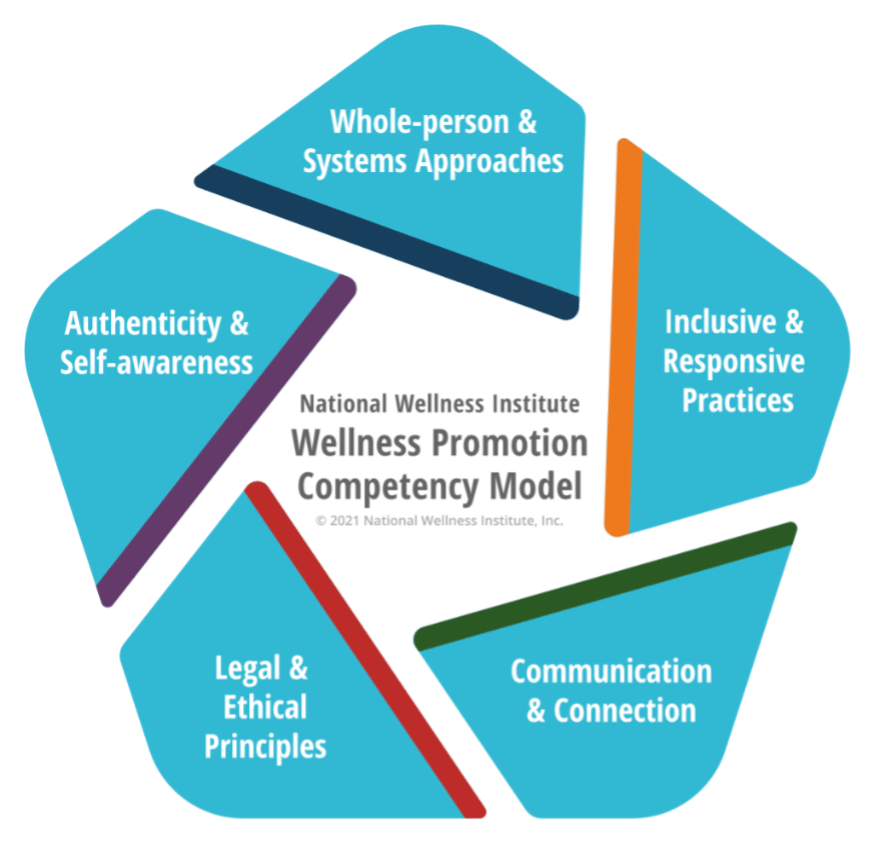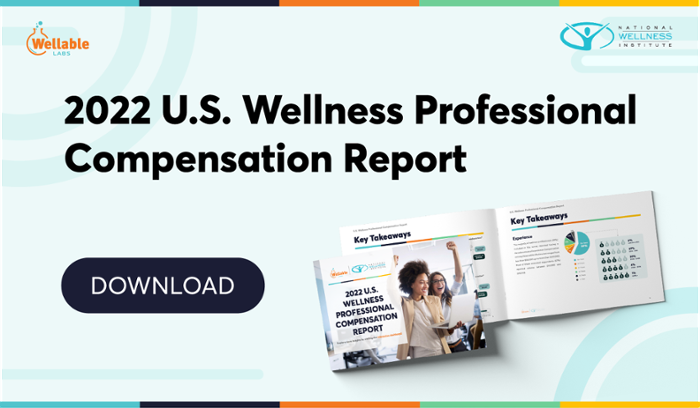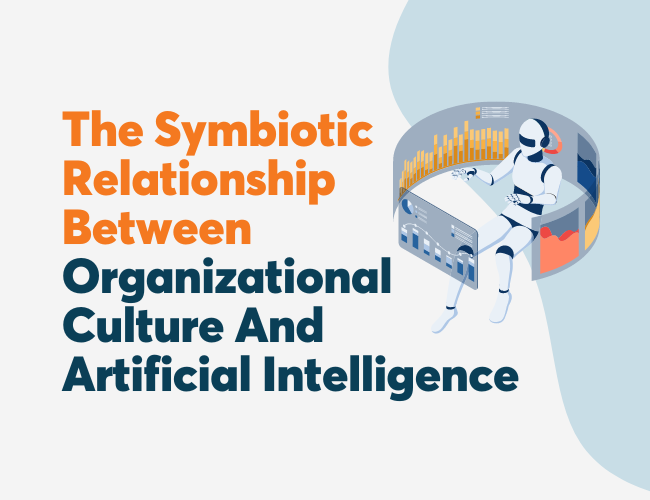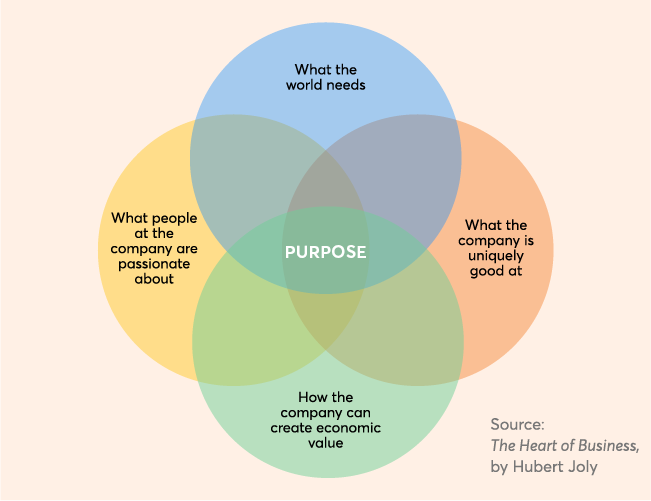As the wellness industry continues to grow, its evolution must be guided by a common set of standards that allow incoming and seasoned professionals to assess their skills, determine whether they have the abilities needed to fulfill their current roles, and prepare for future career opportunities.
To meet this demand, the National Wellness Institute (NWI) created the first national Wellness Promotion Competency Model, which advances a shared understanding of critical success factors and desired behaviors within the wellness profession to facilitate a common standard of practice.
The NWI collaborated with a team of researchers who examined the model’s accuracy or “validity.” In their recently published report, the group stated that the “findings provide evidence to support the construct validity of a wellness promotion competency model.”
What This Means
To better determine the implications of this result, it is important to understand what validity involves and how the research team tested for it.
A construct or measurement is considered valid when it is accurate. More specifically, construct validity refers to the degree to which a measurement facilitates important inferences. For example, a valid measure of happiness allows researchers to make assumptions about the degree to which a participant is happy. It also enables them to make inferences about related possibilities (e.g., whether the person is confident, satisfied with their life, happy with their job, etc.). The more a construct supports this web of judgments and inferences, the more valid it is.
To test for the validity of the NWI’s Wellness Promotion Competency Model, the researchers developed a competency survey asking participants to indicate the degree to which they feel competent in each of the model’s 28 domains. They also asked respondents to list their years of experience and indicate the level of professional development they typically seek.
After distributing the survey, the team looked for indications of validity. First, they examined whether the competencies naturally group into five domains as the NWI hypothesized. They found that the competencies clustered into five groups with a few adjustments. With the updated competency groupings, the five domains were renamed as follows:
- Whole-person and systems approaches
- Communication and connection
- Legal and ethical principles
- Inclusive and responsive practices
- Authenticity and self-awareness

In addition to confirming the five categories, the research team assessed the degree to which high competency scores correlate with other factors one would expect. Specifically, they examined whether high scores were associated with years of experience and intentions to seek professional development. They found that years of experience in the wellness promotion field tend to increase alongside the practitioners’ sense of competence in the individual domains. They also found that those who seek advanced levels of professional development were more likely to rate themselves as competent. Because one would expect higher levels of wellness promotion competence to be correlated with these outcomes, the findings provide further evidence for the model’s validity.
Why Wellness Promotion Competencies
A validated measure of wellness promotion competencies is a priceless resource for wellness practitioners and the organizations they work with. It helps practitioners meet their clients’ wellness goals by highlighting skills that set them up for success.
Wellness promotion competencies are also associated with positive professional outcomes for wellness practitioners, making a validated measure more significant. For example, the U.S. Wellness Compensation Report found that there is a strong financial incentive for practitioners to become competent in the legal and ethical principles domain. Specifically, the study found that wellness professionals who feel highly confident in their ability to remain legally compliant make around $18,500 more per year on average than their less legally confident peers.
Finally, the validated measure is helpful for the organizations that work with wellness practitioners. As wellness promotion increases in popularity and more professionals enter the space, organizations will need an easy way of determining whether they are qualified. The NWI’s competency model provides companies with an easily understandable list of traits they can use to evaluate the wellness professionals they work with.













